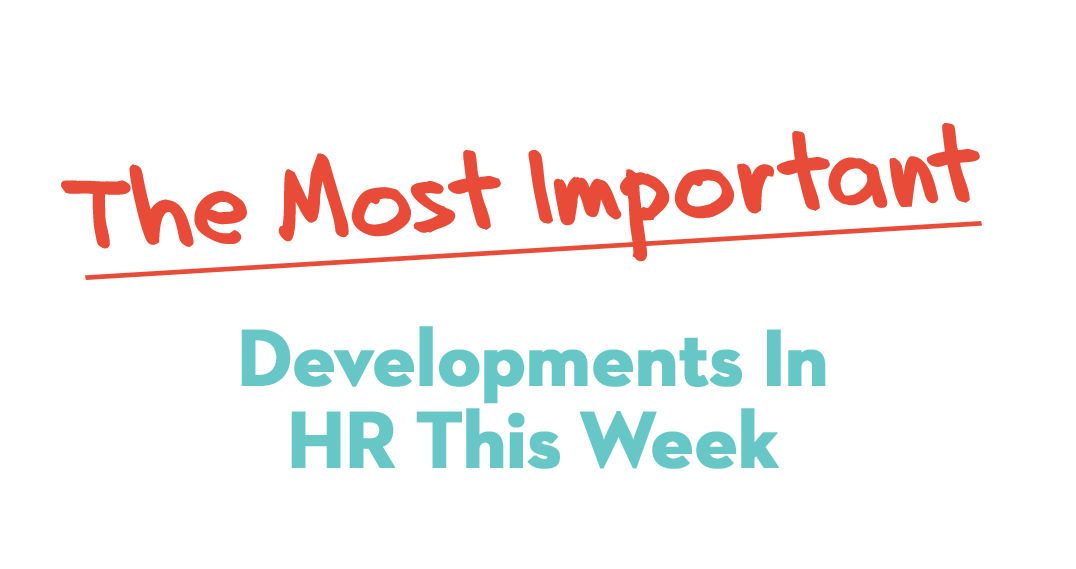


Improved data collection, analysis, and insights have played a key role in understanding and improving both the customer and employee experience at leading beauty retailer Sephora, according to its global chief people officer, Karalyn Smith. Sephora’s leadership team had a breakthrough moment in which it became clear the customer experience and the employee experience were inextricably linked. “Data and insights are vital in understanding what drove customers and employees to engage with Sephora in the first place, and how to enhance those experiences to drive even deeper loyalty from both sets of people moving forward.” Sephora developed a strategy that uses the same approach for creating loyalty for both customers and employees alike. It’s about getting to know customers and employees, making it easy for both to interact with the brand, appreciating them, making the relationship fun, and giving both a purpose beyond the product. Inside HR


Et tu, Jimmy Choo? In 2013, Tamara Mellon left the company she co-founded when she saw it was lowering the quality of its product to increase profits and saw her male employees earning more than she did. She wanted to create a company with a culture based on feminist ideals. At her new company, named after herself, all of her employees have equity in the business. The idea is to make every employee feel like they have ownership, a voice, and a seat at the table. She also supports various women’s issues. Last year, it focused on women’s health. It also advocates for closing the gender pay gap. The brand’s authenticity has boosted its success not just with employees, with customers as well. Mellon says: “If they believe in a company’s values, they’re much more likely to purchase from that company.” Inc.














